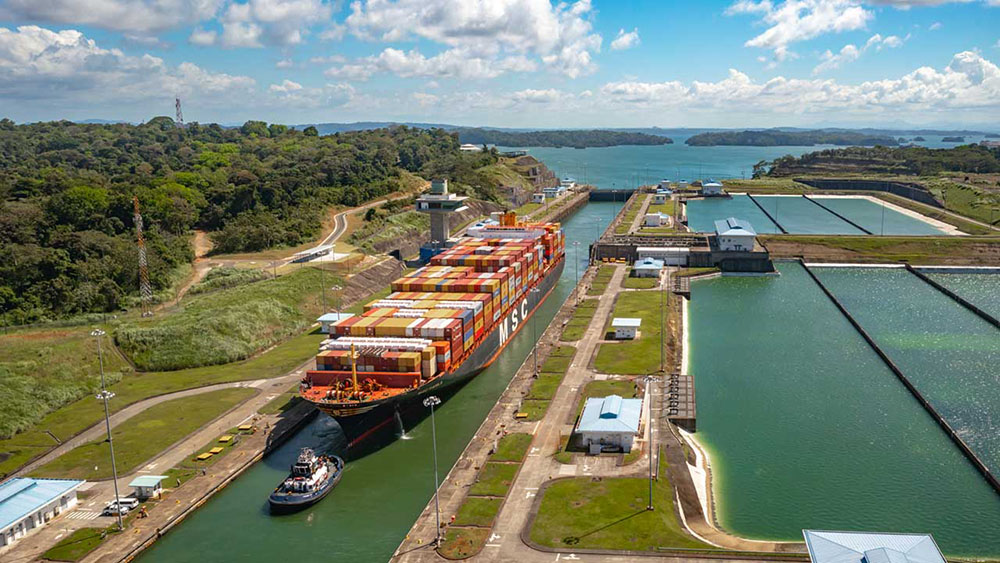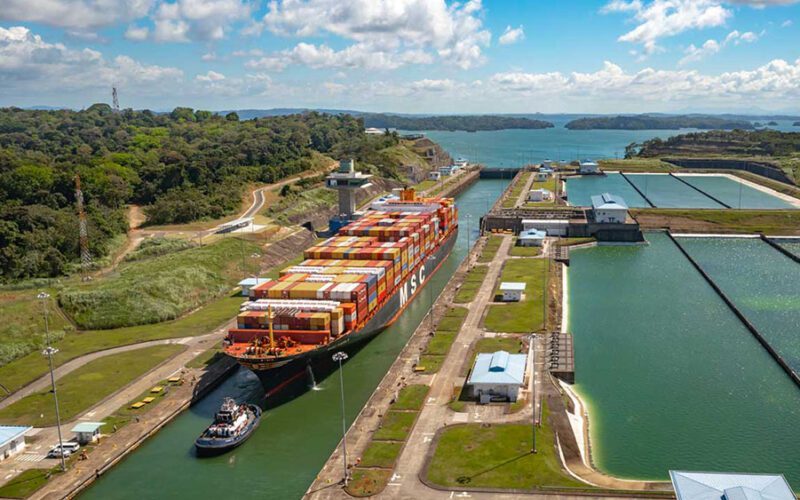
Panama is typically one of the wetter countries in the world due to its tropical climate, but a very unusual occurrence is affecting the Panama Canal during the current rainy season: a severe drought.
The drought has already slowed vessel traffic to the U.S. West Coast and is threatening to have an effect on the current peak shipping season, when goods are shipped to North America from Asia in time to be on store shelves for holiday season shopping.
Here’s the situation: according to climate scientists, Panama is experiencing its worst drought in over two decades, even though the country is in the middle of its rainy season, which lasts from May through December.
Typically, the country experiences anywhere from 8.4 inches to 27.5 inches of rain during the last seven months of the year, according to government data.
But due to the lengthy, ongoing drought, the Panama Canal shipping lane—which is typically traversed by 14,000 ships each year—has seen its water levels dip to a level that has officials concerned. The lower water levels have led to a traffic jam of container ships developing in the waterway, waiting to pass through the canal.
If the ongoing problem continues, it could mean that goods headed for the West from Asia could be delayed, potentially costing shippers millions of dollars.
Janelle Griffith, a North American logistics leader with insurance brokerage and risk advisory firm Marsh recently told CNN that 80% of her firm’s merchandise in trade is moved via ship, and that the blockage has her company concerned.
“Yes, it does have global ramifications … when you have a blockage in one part of the supply chain, the rest of the supply chain is automatically affected,” she said.
Jon Davis, chief meteorologist at Everstream Analytics told the news network in late August that his firm doesn’t forecast any significant improvement in Panama’s weather.
“And with El Niño beginning to intensify and every climate model out there indicating that El Niño will continue to intensify through the rest of this year and into early 2024, that is a concern longer term,” he said.
And that, he added, could lead to further dry conditions across Panama and Central America.
“We never know the magnitudes of disruptions, and we never know how backed up of a supply chain we’ll get,” Davis remarked. “It certainly looks like we’re going down that direction of increasing problems.”
More on the drought’s effect on the Panama Canal and the shipping of goods from Asia to North America can be found elsewhere in this issue.
Managing Editor Mark Nero can be reached at mark@maritimepublishing.com

